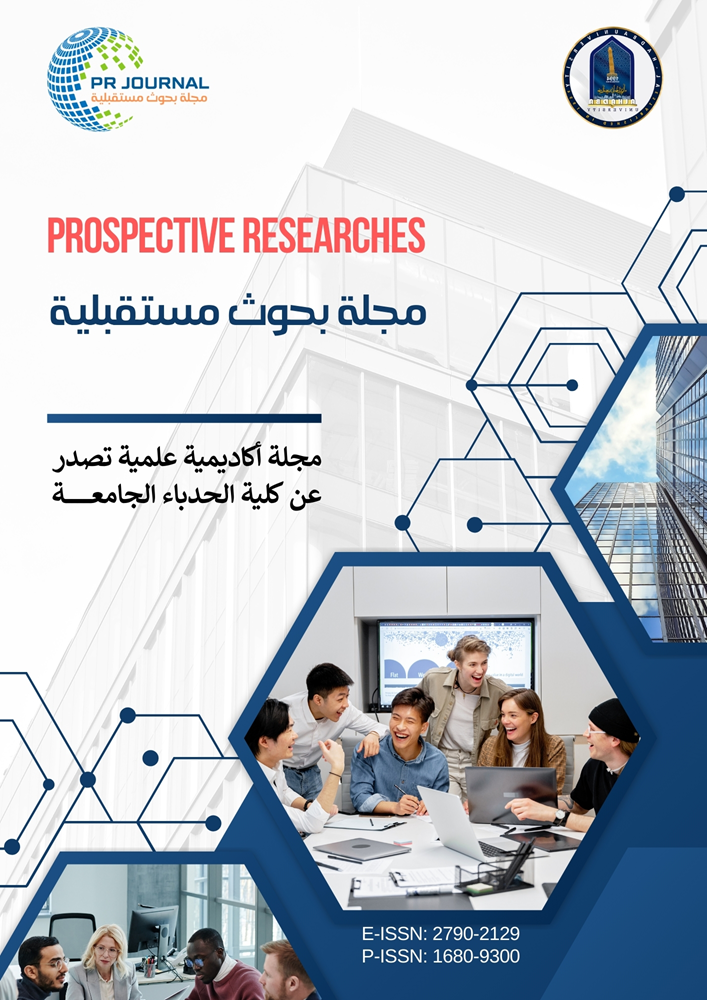دمج تحويلي رادون و هوف لتمييز معلومات الابنية المكانية في مرئية فضائية
Abstract
Computer algorithms with human vision capabilities has been
developed by several researchers through analyzing image details into
structural based geometrical data and then recognizing these images by
computer visualization of the scene, such as the analysis of automated
images acquired, exploring space probes images, finger prints processing
and facial recognition as well as the analysis of images of modern or
ancient writings like clay tablets.
This research has tackled and distinguished spatial information
represented by forms of buildings in a satellite image converted into a
pixels matrix after been accessed to a MatLab V.7.6.0 based computer.
The spatial relations of the tested image are analyzed in accordance
to a hierarchical model for the purpose of extracting the straight lines
which were gained through the conflation and application of Radon with
Hough transformations to the binary image after being segmented by
octagon adjacency technology(8-connectivity), in order to gain the
connected edges and then transforming them into a domain of potential
lines which are encrypted by adding chromatic values for the purpose of
recognizing the structural buildings in the image from the tested one.
Downloads
Published
How to Cite
Issue
Section
License

This work is licensed under a Creative Commons Attribution-NonCommercial-NoDerivatives 4.0 International License.
Copyright © 2025 by the authors. This work is licensed under a Creative Commons Attribution-NonCommercial-NoDerivatives 4.0 International License (CC BY-NC-ND 4.0). You may not alter or transform this work in any way without permission from the authors. Non-commercial use, distribution, and copying are permitted, provided that appropriate credit is given to the authors and Al-Hadba University.







